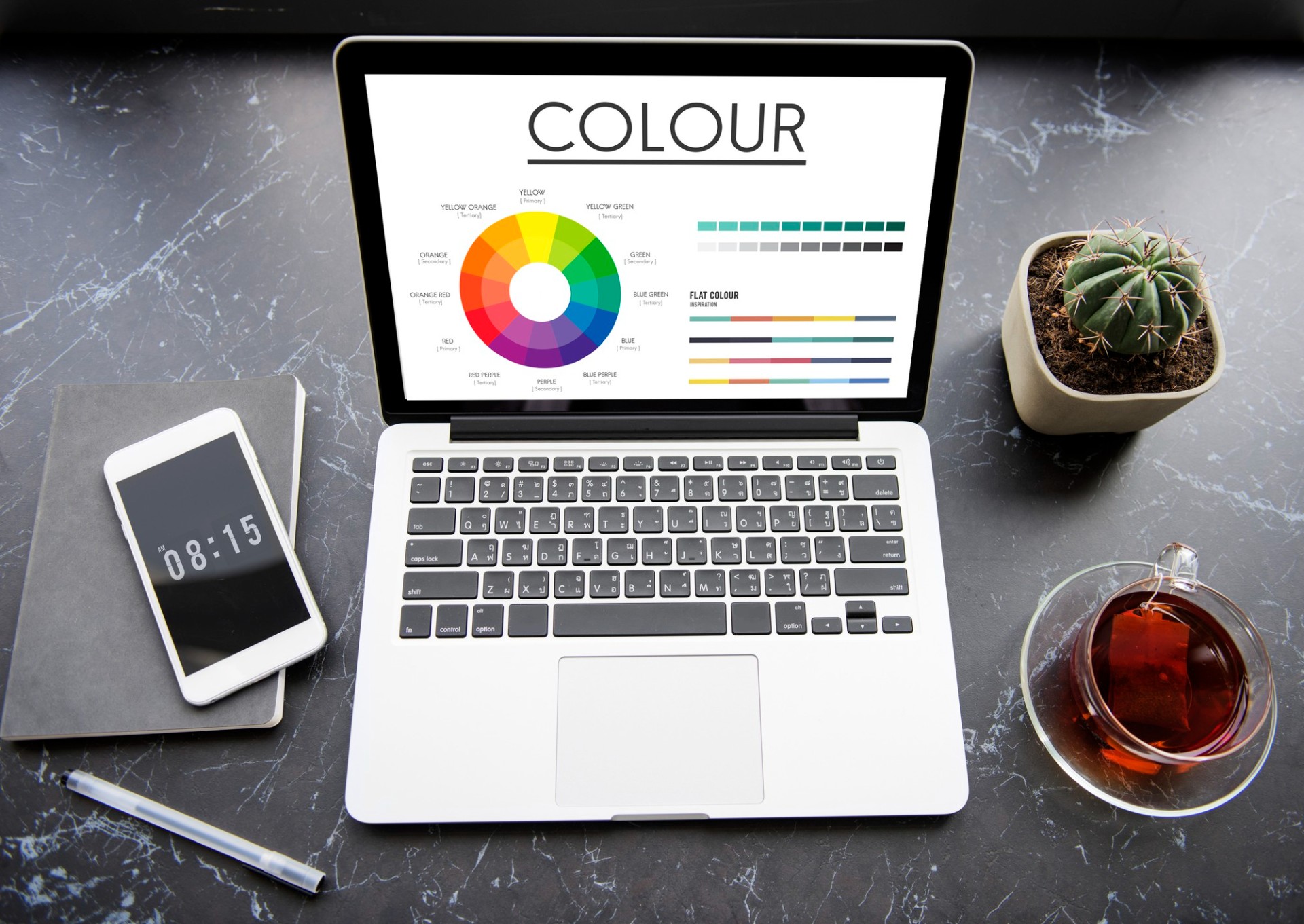
Have you ever browsed a website that felt instantly calming or strangely off-putting? The culprit behind these subconscious reactions might be the website's colour scheme. Colours are powerful tools that go beyond aesthetics; they can influence user emotions, shape brand perception, and even impact accessibility.
Understanding the psychology of color is an essential skill for any web designer aiming to craft impactful and user-friendly experiences. Here are some ways colours shape our web experiences -
From trusty blues to urgent reds, colours on websites aren't just pretty; they're emotional triggers. Blue instils trust, red sparks urgency, and green promotes wellness. Matching colours to brand personalities reinforces messages and sticks in memories.
Colours speak differently across cultures and genders. While blue and green might resonate with men, purple and pink might catch the eye of women. Cultural backgrounds also play a part; white symbolizes purity in the West but mourning in some Eastern cultures.
Design isn't just about looks; it's about readability too. High contrast in colour schemes aid readability, catering to all users, regardless of visual impairments. Striking a balance between aesthetics and accessibility ensures everyone can engage with the website effectively.
Keeping up with colour trends isn't just about being fashionable; it's about meeting user expectations. Natural tones for eco-brands or bold colours for youth-oriented sites create alignment and clarity.
Colours don't just make a website look good; they influence how users feel too. Warm colours like oranges and yellows create a cosy vibe, while cooler tones like blues exude professionalism. The overall palette should enhance the user experience, making navigation smooth and enjoyable.
By harnessing the power of colour psychology, web designers can create websites that not only look stunning but also resonate with users on a deeper level. From building trust and urgency to promoting a sense of well-being, colours can be strategically used to guide user behaviour, enhance brand recognition, and ultimately drive engagement.
So, the next time you need a website design, consider the emotional impact of your colour palette.